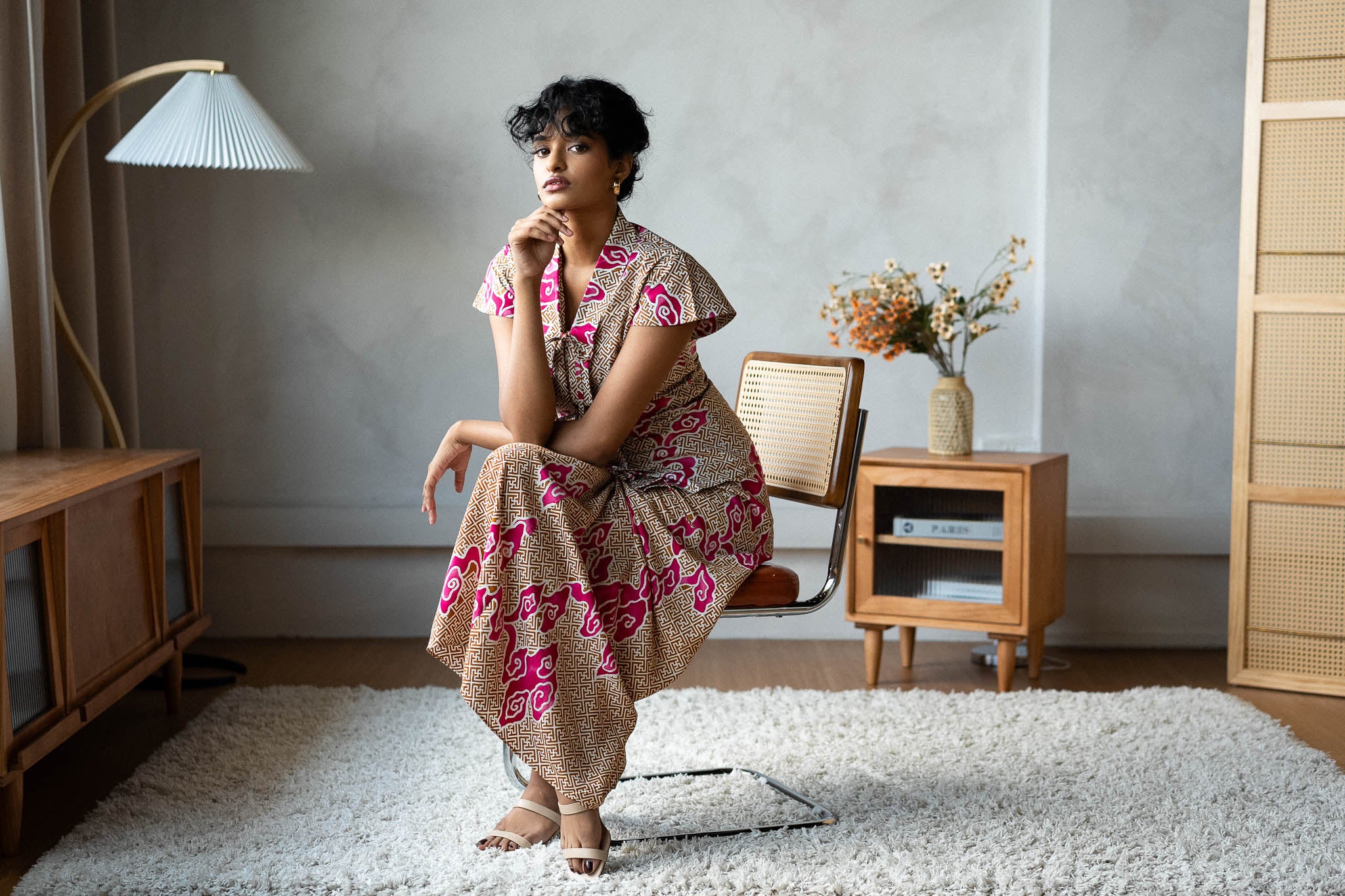
〰️
"But the kebaya to me, is a paragon of elegance."
The kebaya has a long and illustrious history in Southeast Asia. A garment that has been worn by women in this archipelago for generations. It has inspired the imaginations of many, been interpreted, re-interpreted, lost its popularity (not its lustre) at some points, sometimes a point of contention between countries for ownership and now a joint inscription for the garment to be listed on the UNESCO Representative List of Intangible Cultural Heritage (ICH) of Humanity awaits.
But the kebaya to me, is a paragon of elegance. Effortlessly bringing out the quiet beauty of a woman. It cloths, shapes and defines. Yet it is also a mystery. Who first wore the kebaya? No one really knows.
I have worn a kebaya for as long as I can remember because the garment has been worn by all of my ancestors too. It is undecidedly a little scary to think of it this way. The kebaya being much older than the country I'm born in. A living heritage and memory, an unspoken order passed through the ages. From the shores of Pulau Bukom (where my maternal family was from before they moved to mainland Singapura) and the arid humidity of Semarang (my paternal great-grandfather's home). Through time and space, can we really say that about any other garment in Southeast Asia?
In designing this collection, I was surprised by how easily ideas flowed. Like second nature. The simple revelation (that I should have grasped all along) is that the kebaya is not merely a costume—it is in fact a fabric of my life. The one garment where I don't have to wear in order to fit in. It is just simply, a part of me. I could wear my heart on my sleeve. And what a relief that really is.
I dedicate this season's kebaya to the women in my family. My mother's mother. My father's mother. Their grandmothers. My grandmother Hajjah Salamah and my moyang Marsita (whose daughter, Sikem is Gypsied's reason for being. I will never stop telling your story.)



